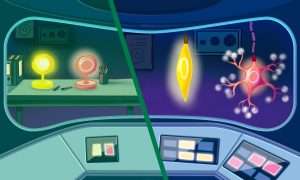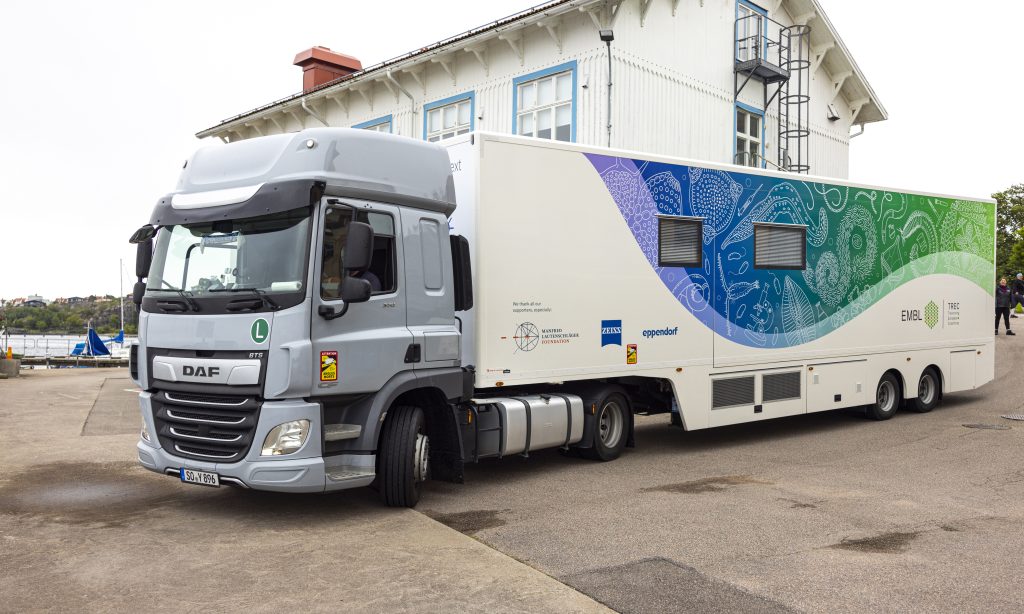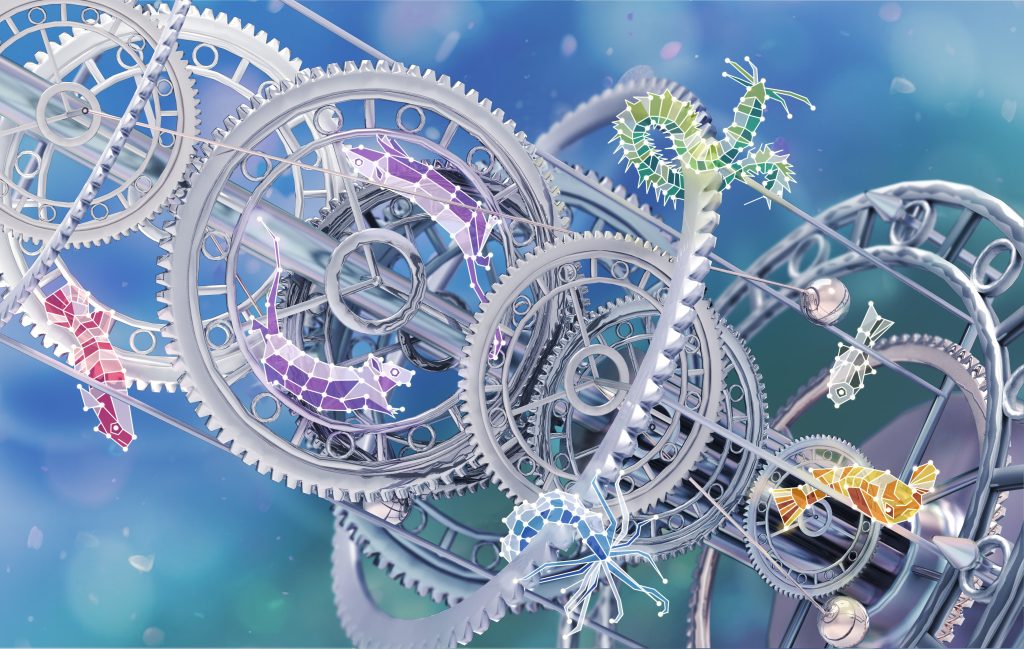Read the latest Issue
Casting the molecular net
The power of networks lets scientists unravel the complex control of biological processes
Scientists at the Samuel Lunenfeld Research Institute of Mount Sinai Hospital (Canada), the European Molecular Biology Laboratory (Germany), and Massachusetts Institute of Technology (USA) have created a new computational method called NetworKIN. This method uses biological networks to better identify relationships between molecules. In a cover story featured in the 14 June 2007 edition of the journal Cell, the scientists report insights into the regulation of protein networks that will ultimately help to target human disease.
“Thousands of proteins can be changed (via phosphorylation) but until now, it has not been possible to know which protein has made the change,” states Dr. Tony Pawson, distinguished investigator at the Lunenfeld.
Proteins are the functional agents that carry out all processes in a cell. But they only rarely act alone. Instead they accomplish their effects as part of big networks. How proteins interact in these networks often depends on phosphorylation, the addition of a phosphate at specific sites on a protein. Kinases are proteins that bring about the phosphorylation of other proteins and in this way regulate all cellular processes.
“Our method works a bit like getting a recommendation from Amazon,” says Dr. Peer Bork, group leader at EMBL. “The fact that certain books have been bought by the same customers tells you that they have something in common. In the same way biological networks tell us about shared features between different proteins. These help us predicting which kinases are likely to act on them.”
“By getting a network-wide view, multiple aberrant genes of kinase-controlled processes are more easily targeted,” states Dr. Rune Linding, postdoctoral fellow, Samuel Lunenfeld Research Institute. “In the future, the treatment of complex human diseases will be treated by targeting multiple genes.” Complex diseases like cancer often contain defects in several processes controlled by kinases.








